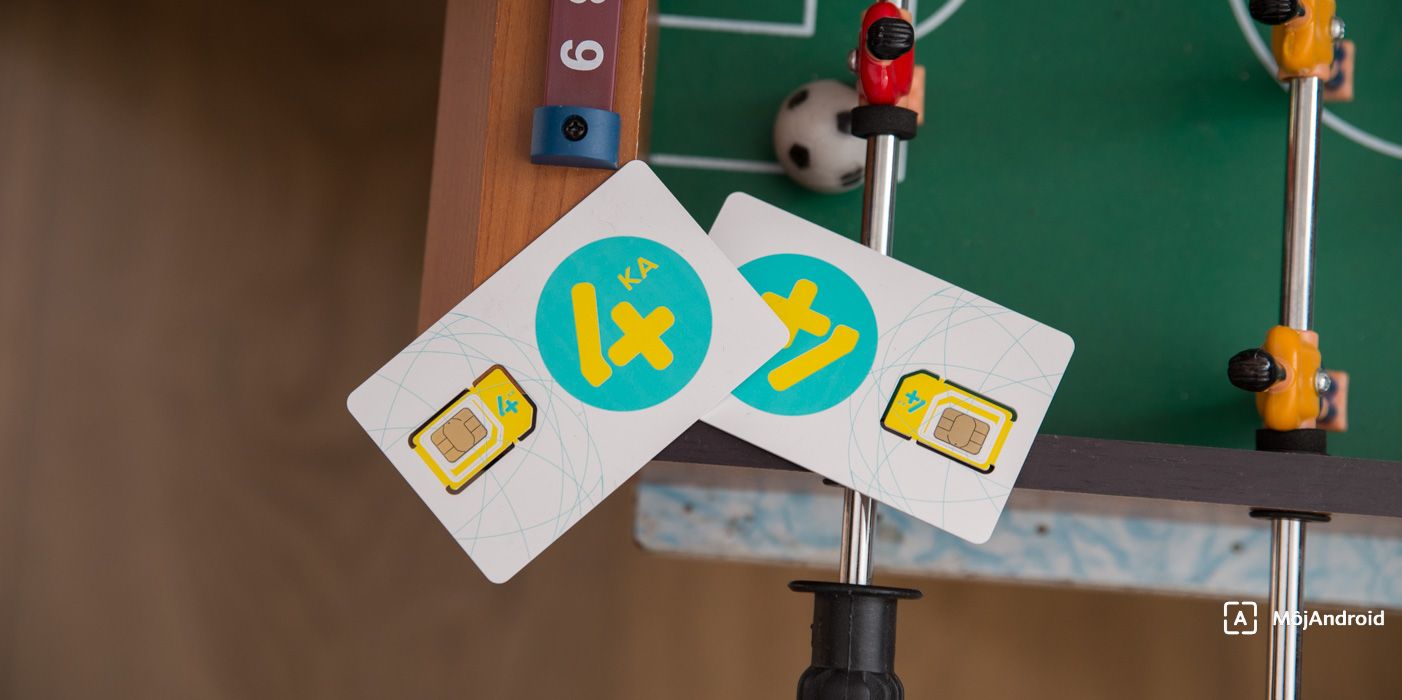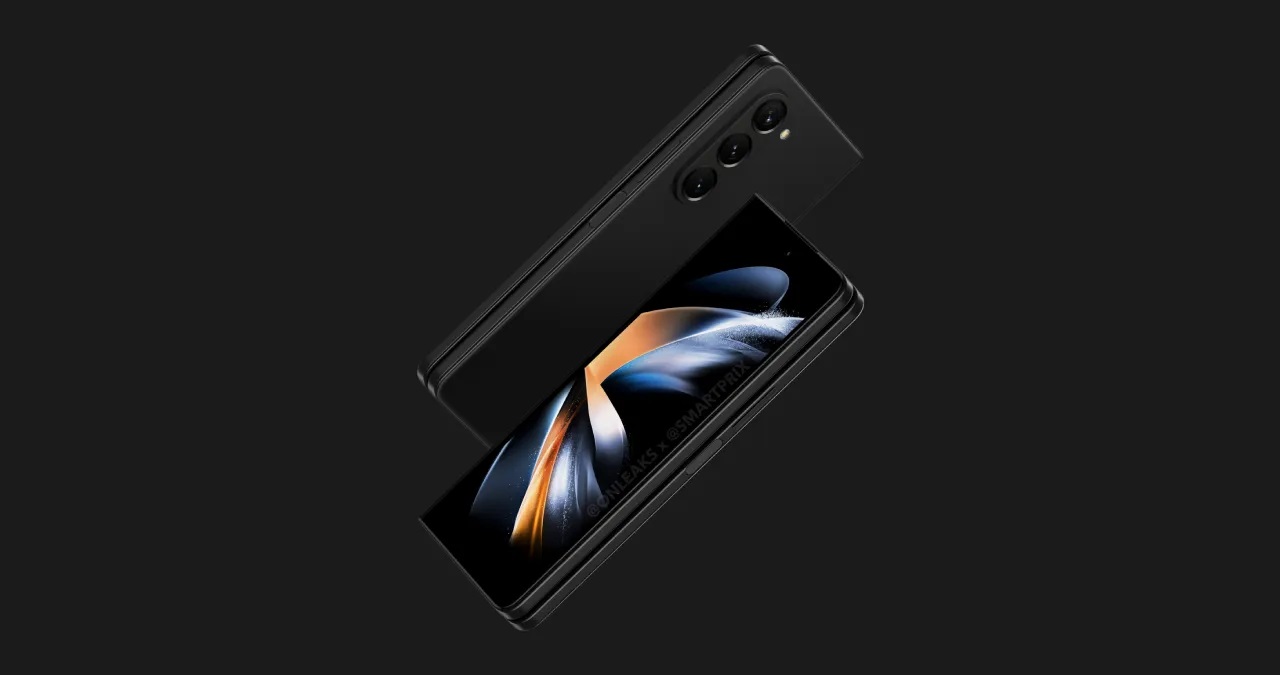How to improve battery life of Wear OS watches?
One of the biggest disadvantages of really smart watches, such as the Apple Watch with the watchOS system or the watch with the Wear OS system, is their battery life. Although the systems have their own smart assistants, they can respond to notifications, install hundreds of different applications or measure health in more detail, but this is a major disadvantage. Most of these watches lasts a maximum of two days, if you use them to the full, we are talking more about charging every night. And how to improve the battery life of Wear OS watches? Of course, there is no miracle guide to making a watch with the same use a week longer. But it is here lots of useful tricks you may not have known about.
Contents
How to improve battery life of Wear OS watches?
1. Displej a jas
Some premium smart watches with Wear OS have an ambient light sensor. He can do it automatically adjust the brightness depending on the environmentin which you are located. This is one of the best ways to keep the display still readable and not unnecessarily burden it, even though you are currently in a dark room, for example, and even the lowest brightness level would be enough for sufficient readability. So if you have this option, try leaving the brightness in mode adaptive.
If you don’t have a watch with this sensor, we will still stay with the brightness. There are several people in our area who use Wear OS watches and are always bright set to the highest level. Then there is no chance that the watch will last you a reasonable time and you will charge it really often. We therefore recommend change the brightness based on where you are. Again, it’s not that much extra work. If you’re in the office, just lower the brightness, and when you go jogging on a sunny afternoon, you can increase it again. This is a very effective way to extend the battery life of Wear OS.
2. Uninstall applications
In case you noticed degraded battery life of your watch and you have recently installed some applications, try uninstalling them. Sometimes it happens that even a seemingly simple app takes much more energy than it actually should.
The uninstallation itself is simple. Just go to Google Play, top-down to bring up a menu, and tap My Apps. Then just click on the application you want to delete and select Uninstall.
3. Restrict notifications
Notifications are once of the key features of Wear OS and Google handled them really well in their system including what you can do with them afterwards. But it takes its toll. When you receive a watch notification, must first go over the phone, then turn on the display and turn on the vibrating motor.
And it’s quite energy intensive. Despite that on the watch you don’t need to know everything that is going on in different groups. Adjust your notifications so that the watch does not disturb you and the constant notification is not annoying. You make it easier not only yourself, but also the battery.
4. Turn off the Always-on display
The always-on function is key for us when it comes to watches. We love watches, and this feature at least remotely reminds us that it is still a smart watch and does not give as empty an impression as when the display is completely turned off. So personally we don’t always turn off always-on.
But what if you’re going somewhere and you know that you will not be able to charge the watch for some time and still want to record, for example, your physical activity? It is in these situations that turning off this mode may be useful.
5. Try another dial
If you have a brightly colored dial With lots of animations, it can discharge your battery faster. So if you don’t mind a lot of information, try choosing a more minimalist dial with less animation. Google itself recommends it.



